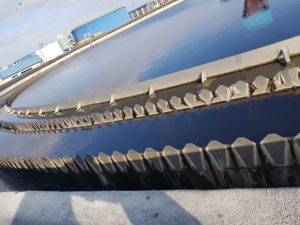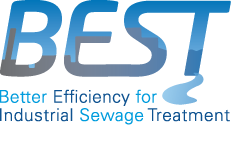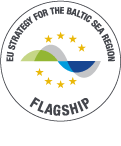
One of the goals in project BEST is to produce a description of type and volume of industrial effluents currently entering municipal waste water treatment plants (WWTP) in the Baltic Sea Region (BSR). We assess the most relevant industrial flows, existing cooperation practices between municipal WWTPs, industrial companies as well decision making and permitting authorities and identify possible country-specific features. Each participating country has selected three key industrial sectors with major flows to municipal sewage system and possible challenges with treatment in more focused inspection.
In Finland, we have now completed the assessment of our industrial waste waters. Meat and dairy industry, metal fabricating industry and waste collection, treatment and disposal waste disposal were chosen to be the target fields for more detailed study. Industrial companies were interviewed to find out if they have an environmental permit or industrial waste water contract or both, about pre-treatment of their waste water and if they have co-operations with the local WWTP.
The results in Finland revealed that many of the meat and dairy companies were so small that no environmental permit was required. All but very small companies had industrial waste water contract with the local WWTP. In some cases, the limits for industrial sewage were stricter in the environmental permit than would be required from the WWTP point of view. Industries felt that waste water fees were high, but form the point of view of WWTP, the fees are lower than expenses their sewage causes to the WWTP. Some industries pretreated their waste waters but many WWTPs said that pre-treatment is not necessary because the can easily manage with waste water as long as the compensation is adequate.
In most of the interviewed fabricating industries, the field of operation was zinc electroplating. All of the industries, no matter how small, had an environmental permit due to nature of manufacture. All of the industries also pretreated their sewage because it contains metals that cannot be discharged into the sewer. The forming sludge was treated at hazardous waste disposal plant.
Companies doing waste disposal were in multiple fields from waste soil and grease handling to construction waste and organic waste handling. All large companies had an environmental permit, but there were no limiting values for waste water in the permits. However, there were notifications in the permits that the plant should follow the limit values set in the industrial waste water contract. Most of the waste handling companies had an industrial waste water contract with the WWTP. The contracts set limitations concerning heavy metals and hydrocarbons. One large waste transport depot handling construction waste, household waste and organic waste did not have industrial waste water contract.
Co-operation between industry and the receiving WWTPs was fluent, but not very frequent. Some industries felt that more frequent contact with both WWTP and environmental authorities would be invited, especially because both are important sources of information for the industries concerning waste water handling and pre-treatment.



